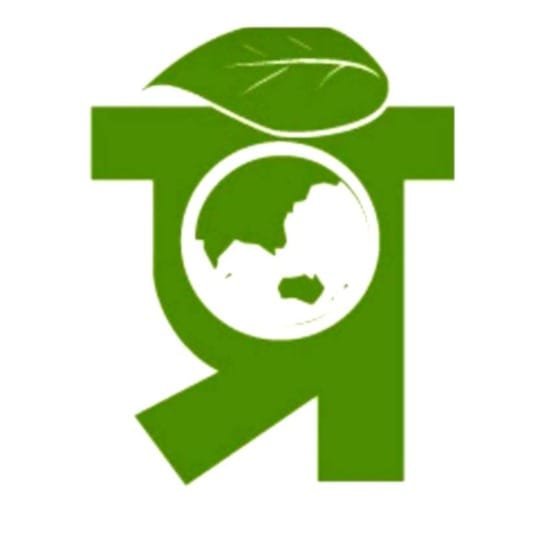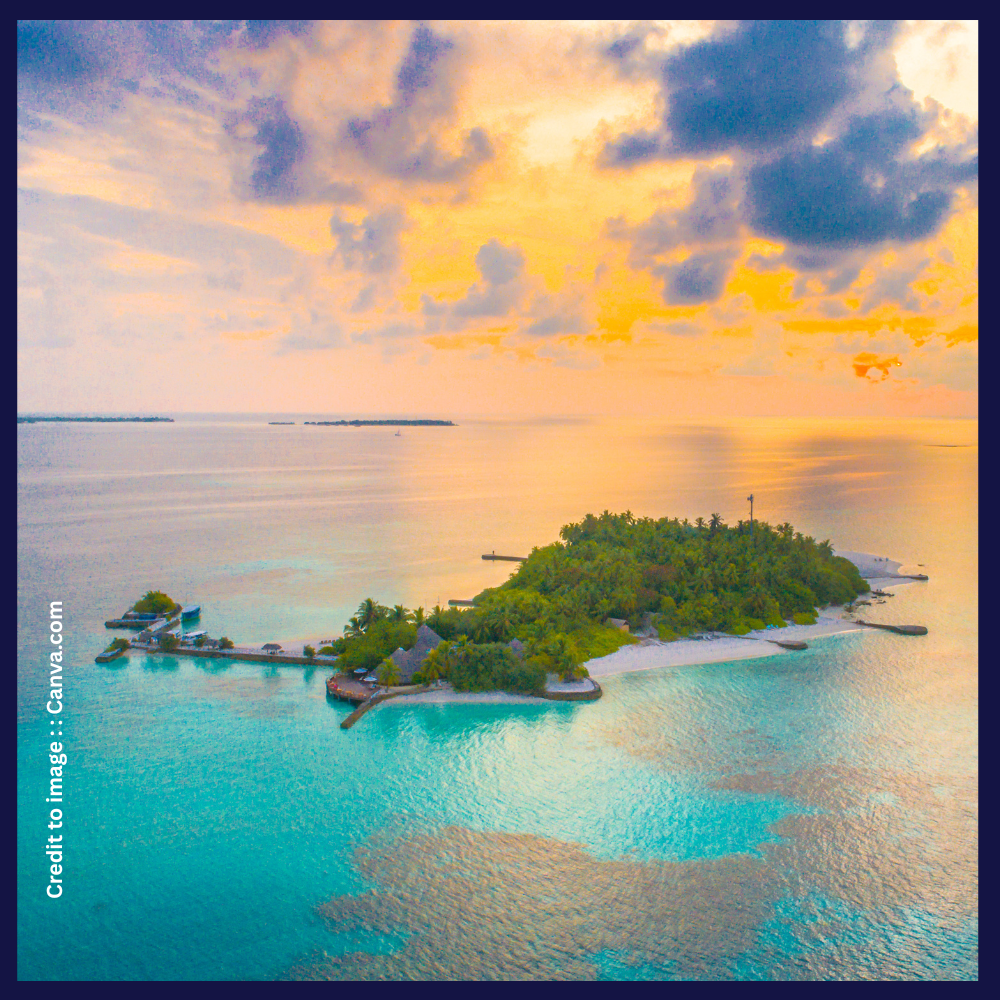The Chagos Island archipelago, nestled in the heart of the Indian Ocean, is more than just an isolated tropical paradise. It is a crucial hotspot of marine biodiversity and plays an essential role in regulating the climate in the region. Despite its pristine ecosystem, the Chagos Islands remain embroiled in geopolitical conflict and face increasing environmental threats. This article delves into the ecological, geopolitical, and scientific significance of Chagos Island, offering readers a complete understanding supported by data tables and references.
Introduction to Chagos Island
It refers to the Chagos Archipelago, a group of over 60 tropical islands in the central Indian Ocean, administered by the UK as part of the British Indian Ocean Territory (BIOT). The archipelago’s largest and most well-known island is Diego Garcia, which currently hosts a major military base. Although politically sensitive, Chagos Island holds global ecological importance due to its coral atolls, rich marine biodiversity, and carbon-storing ecosystems.
Geographical and Scientific Data of Chagos Island
| Feature | Description |
| Location | Central Indian Ocean (6°S, 72°E) |
| Number of Islands | Over 60 |
| Total Area (Land) | ~60 sq km |
| Total Marine Area | ~640,000 sq km |
| Highest Elevation | ~2.4 meters (mostly flat) |
| Main Atoll | Diego Garcia |
| Status | British Indian Ocean Territory (BIOT) |
| Native Inhabitants | Chagossians (exiled since 1960s–70s) |
Scientific Data Table: Marine and Climate Significance
| Parameter | Value/Observation |
| Coral Cover parameters | Observation ~80% live coral in protected zones |
| Endemic Marine Species | 300+ species |
| Global Carbon Sink Capacity | ~2.5 million tonnes CO₂ annually |
| Protected Marine Area (MPA) | 545,000 sq km (designated in 2010) |
| Sea Temperature Rise | ~0.14°C per decade (IPCC Data) |
Biodiversity and Ecosystem :
Chagos Island is renowned for hosting one of the largest and most pristine coral reef ecosystems on the planet. It provides habitat to:
Corals: Over 220 species
Fish: More than 800 species including tuna, parrotfish, and sharks
Marine Mammals: Bottlenose dolphins, whales
Sea Turtles: Green and hawksbill turtles (IUCN Endangered)
Importance in Biodiversity Conservation
The Chagos Archipelago forms a critical stepping-stone for migratory marine species.
Its pristine coral reef systems act as a biodiversity bank.
It supports global fishery stocks by serving as a breeding ground for many species.
Climate Role of Chagos Island
The Chagos Island ecosystem is a natural climate regulator. Here’s how:
Coral reefs and seagrass beds trap carbon dioxide, makes Chagos island a blue carbon hotspot.
Healthy coral reefs reduce coastal erosion, especially against rising sea levels.
The island’s marine area acts as a climate buffer for the Indian Ocean region.
Data Table: Role in Climate and Sustainability
| Climate Function | Description |
| Carbon Sequestration Functions | Via coral reefs, seagrass, and mangroves etc. |
| Climate Buffer | Regulates Indian Ocean temperatures |
| Coastal Protection | Natural reef barriers reduce storm impacts |
| SDG Relevance Climate function | Supports SDG Goals : SDG 13 (Climate Action) and SDG 14 (Life Below Water), and SDG 15 (Life on Land) |
Geo-Political and Ethical Concerns
Chagos Island’s ecological richness is often overshadowed by political disputes. The native Chagossians were exiled in the 1960s and 70s to make way for the US-UK military base on Diego Garcia. The issue remains under UN and ICJ review, with Mauritius laying claim over the territory.
Tourism, Research, and Human Access
Due to its military use and conservation designation, Chagos Island is not open for public tourism. However, it is frequently visited by marine researchers and conservationists. The island serves as a global model for large-scale marine protection.
Summary
Chagos Island, although politically controversial, is an environmental treasure trove. From climate regulation to biodiversity conservation, the archipelago plays a vital role in the ecological balance of the Indian Ocean. As the world races to protect remaining natural habitats, Chagos stands out as both a sanctuary and a symbol of unresolved human rights and environmental justice.
FAQs: Frequently Asked Questions :
Q1. Where is Chagos Island located?
A: Chagos Island is situated in the central Indian Ocean. Approximate 500 km south of Maldives.
Q2. Why is Chagos Island ecologically important?
A: It has one of the world’s largest undisturbed coral reef systems and is rich in marine biodiversity.
Q3. Can tourists visit Chagos Island?
A: No, access is restricted due to military and conservation regulations.
Q4. Who claims ownership of Chagos Island?
A: The UK currently administers it as BIOT, but Mauritius claims sovereignty, supported by the UN.
Q5. What is the role of Chagos Island in climate change and biodiversity ?
A: It acts as a blue carbon sink, protects coastlines, and supports marine ecosystems sensitive to global warming.
References
- United Nations General Assembly, 2019 – Chagos Archipelago Sovereignty Resolution
- IUCN Reports on Coral Reef Biodiversity, 2024
- IPCC Climate Reports – Indian Ocean Region, 2023
- Pew Charitable Trusts – Marine Protected Areas Database
- “The Last Coral Paradise?” – National Geographic, 2021
- Global Carbon Project, 2024 – Oceanic Carbon Sinks
- Chagos Conservation Trust – www.chagos-trust.org
- BBC News – “The Forgotten People of Chagos” Series, 2022
PRAKRITI DARSHAN-NATURE AND ENVIRONMENT MAGAZINE
Prakriti Darshan is a leading Hindi-language magazine and digital platform dedicated to raising public awareness on vital issues related to nature, biodiversity, climate change, sustainable development, and environmental conservation. This magazine represents a unique blend of science, society, and sensitivity—offering a common platform for researchers, students, NGOs, policymakers, nature lovers, and conscious citizens alike.
With thought-provoking articles, inspiring stories, environmental research, impactful projects, and policy perspectives, Prakriti Darshan is a transformative journey toward a greener and more sustainable future.
Let us come together to protect and preserve our planet for generations to come. 🌿🌍
Join us in our mission to protect and celebrate the planet. 🌏💚
Click for more information
- Visit www.prakritidarshan.com for Free Magazine ,Free membership benefits ,offered price magazine @ Rs.1 or Rs.11 only and more ……
- 🎗️Sponsor Prakriti Darshan Magazine – Support our environment mission.
- 📚 Explore the Environment Magazine – Read our latest and past issues.
- ✍️ Read Editor’s Article or Blog – Insightful thoughts from our editorial desk.
- 🌱 Join Membership – Be part of India’s leading green community.
- 🤝 Become an NGO Impact Story Partner – Share your grassroots impact nationwide.
- 🏢 Become a Company Partner – Showcase your CSR, ESG, or sustainability work.
- 👤 Become an Individual Partner – Volunteer, write, and raise your green voice.
- 📢 Advertise with Us – Reach eco-conscious readers across India.
- Eco Trails Newsletter
- Donate for “Hari Ho Vashundhara & Har school Hariyali “ Plantation campaign Associated Partner NGO :GDSS NGO www.gdssngo.org
BALA DATT SHARMA,
MANAGING EDITOR ,
PRAKRITI DARSHAN-NATURE AND ENVIRONMENT MAGAZINE
- Harela Festival of Uttarakhand: Environmental Harmony, A Celebration of Green Culture, Mythology - July 15, 2025
- Yamuna River- Lifeline of North India :A Scientific, Agricultural, and Environmental Perspective - July 14, 2025
- Jurassic World Rebirth Breaks Box Office Records : Global Box Office Revenue $1.5 Billion (And rising) Globally with a Roaring Environmental Message - July 14, 2025







